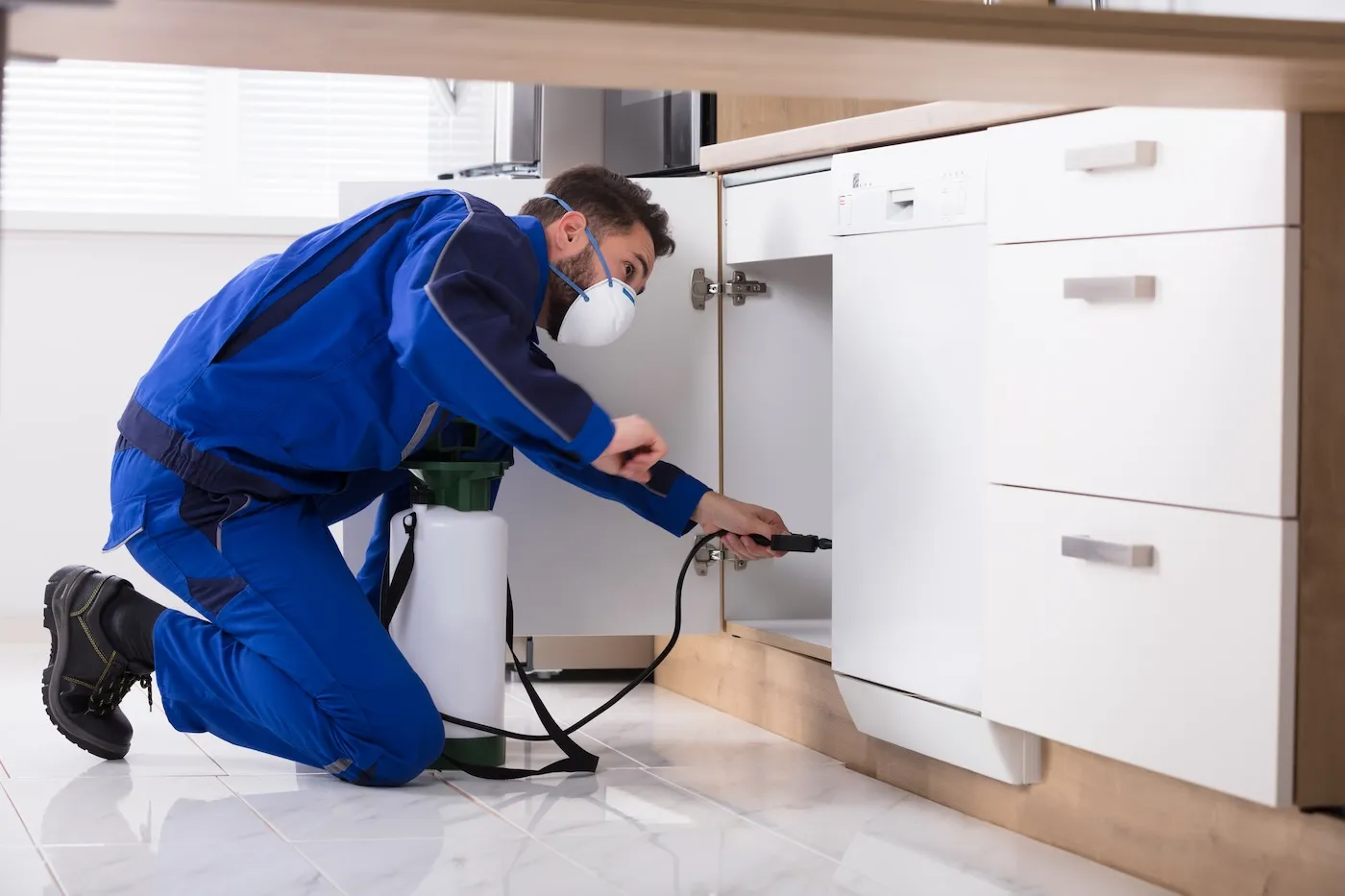Does Homeowners Insurance Cover Termite Damage?
Quick Answer
Homeowners insurance typically won’t cover termite damage because it’s not classified as a sudden, accidental event. But if termites cause a covered peril, like a fire, then your insurance may help pay for resulting damage.

Termites cause about $5 billion in damage to U.S. structures every year, according to the National Pest Management Association. These pests may dine on the wood, cardboard, carpet and other materials in your home for months before being detected.
Because termite damage is gradual and can be prevented through routine maintenance, standard homeowners insurance policies rarely cover it. In some cases, however, your insurance company may pay for some of the costs associated with termite damage. Here's when that could happen and how to prevent future infestations.
When Does Homeowners Insurance Cover Termite Damage?
Homeowners insurance policies typically cover damage that's "sudden and accidental." While that rules out most cases of termite damage, which is usually gradual, there are circumstances in which homeowners insurance may cover it.
If the termite infestation is directly related to a covered peril in your policy, your insurer may help pay for the repairs. For example, if termites chew through the wiring in your walls and cause a fire, your homeowners insurance may cover the fire damage. That's because fire is typically listed as a covered peril in homeowners insurance policies.
The same goes if a covered peril causes the termite damage. A burst pipe, for instance, may create a moist environment that attracts termites and invites an infestation. Because burst pipes are typically considered a covered peril, the damage may be covered by homeowners insurance.
But in both examples, homeowners insurance likely won't cover damage that's solely related to the pest infestation (if any remains). You're also responsible for the costs of removing the termites and taking steps to prevent future infestations. Insurance companies consider these expenses part of your routine home maintenance.
You can check your policy to see what's covered and what's excluded. Contact the insurance company if you need explanations of anything you don't understand.
Learn More: What Is Not Covered By Homeowners Insurance?
How to Prevent Termites
Termite damage can be difficult to spot and may go undetected for years. By the time you notice evidence of these pests, they may have caused major damage to your home. That's why it's important to take preventive measures to keep termites at bay. Here are some methods to try:
- Position your gutters, downspouts and splash blocks so the water empties several feet away from your home's foundation.
- Keep vents free from blockage.
- Repair leaky faucets, roofs and gutters immediately.
- Turn off your outdoor lights during "swarm season," which varies by region.
- Regularly inspect your property for signs of termites or order a pest inspection once a year.
- Keep plants, shrubs, firewood and mulch away from your foundation line.
- Remove old stumps that are close to the home.
- Use only treated wood in your home, deck and wood fences.
You can also learn about some of the warning signs of a termite infestation, so you can take action and prevent further damage. Look for the most common red flags:
- Termite swarms
- Termite wings or corpses
- Wood that sounds hollow when you tap on it
- Blistered floors
- Bubbling paint
- Pinpoint holes in drywall
- Crumbling, damaged wood
- Small, narrow tunnels made of mud
- Repetitive clicking noises
The Bottom Line
Insurance companies usually won't cover the costs of repairing termite damage or replacing items destroyed by the pests. But if the termite damage is connected to a covered peril, like a fire or a burst pipe, then your insurance company may help cover some of the repair or replacement costs. It's best to discuss the details with your insurer to see if you can file a claim.
What makes a good credit score?
Learn what it takes to achieve a good credit score. Review your FICO® Score for free and see what’s helping and hurting your score.
Get your FICO® ScoreNo credit card required
About the author
Kim Porter began her career as a writer and an editor focusing on personal finance in 2010 and has since been published everywhere from Yahoo! Finance to U.S. News & World Report, Credit Karma, USA Today, Fortune and more.
Read more from Kim